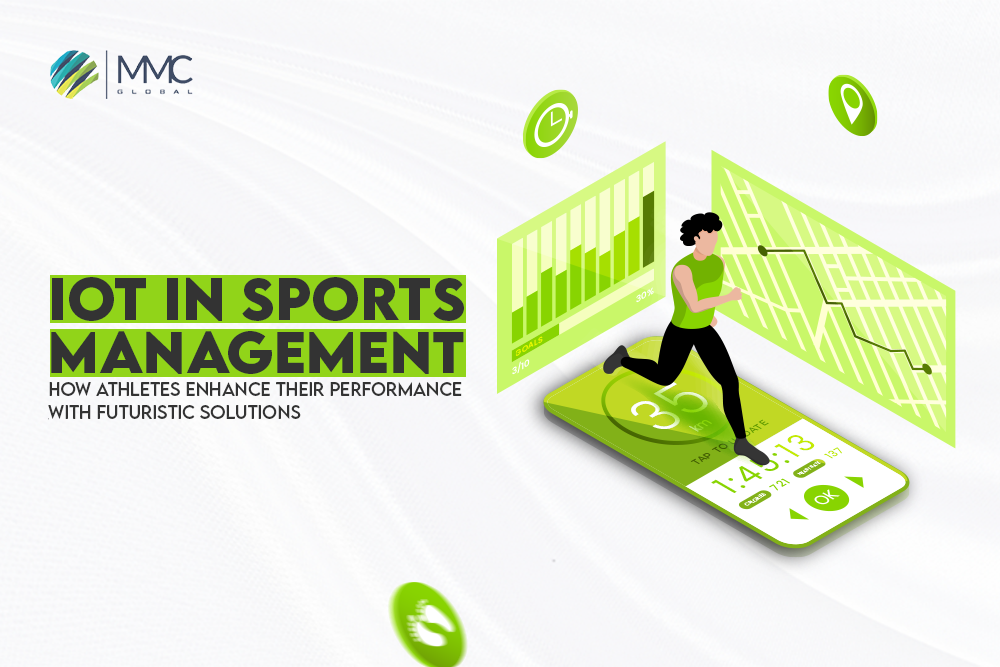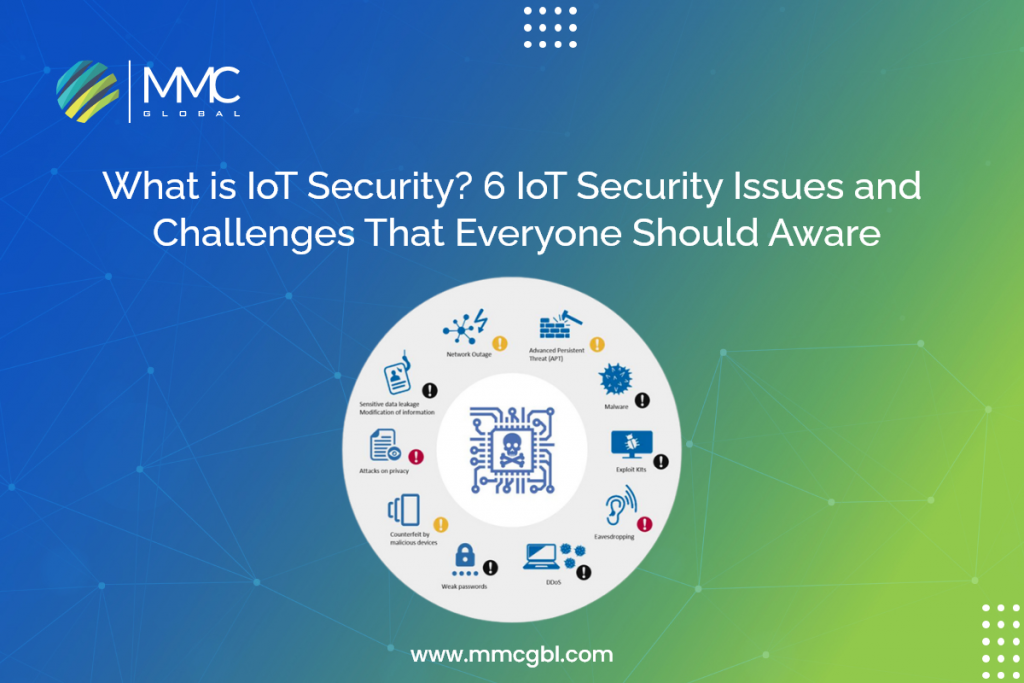A technological revolution is underway in the ever-evolving landscape of supply chain and logistics operations, heralding a future where efficiency, transparency, and optimization reign supreme. At the forefront of this transformative journey is the integration of Internet of Things (IoT technology) technology, a game-changer that has transcended traditional paradigms.
In our exploration of forward-thinking innovations, we delve into the profound impact of IoT technology on reshaping the very foundations of how goods move from point A to point B. Moreover, we unravel the potential, applications, and paradigm shifts that mark the dawn of a new era in the supply chain and logistics world. The future is no longer a distant concept; it’s intricately woven into the fabric of our operations, and IoT technology is the catalyst propelling us forward.
What is IoT Technology?
IoT stands for the Internet of Things. It refers to a network of interconnected physical devices, vehicles, buildings, and other objects embedded with sensors, software, and network connectivity. These devices collect and exchange data, enabling them to interact with each other and their environment. In fact, IoT technology aims to create a more efficient and seamless integration of the physical world with the digital world.
Key components of IoT include:
Devices/Things: These are the physical objects or devices embedded with sensors, actuators, and other technologies to collect and transmit data.
Connectivity: IoT devices are connected to the internet or other networks, allowing them to communicate with each other and centralized systems.
Data Processing: The data collected by IoT devices is processed and analyzed to derive meaningful insights. This can happen on the device itself, at the edge (closer to the device), or in centralized cloud servers.
User Interface: The results of data processing are often presented to users through a user interface, allowing for monitoring, control, and interaction.
IoT technology has applications in various industries, including smart homes, healthcare, transportation, agriculture, manufacturing, etc. It can potentially enhance efficiency, reduce costs, and improve the overall quality of life by creating intelligent, interconnected systems. However, it also raises concerns about security, privacy, and the ethical use of data.
What is IoT
Technology for supply chain and logistics?
The Internet of Things (IoT) has significantly impacted the supply chain and logistics industry. IoT technology facilitates real-time monitoring and optimization of various processes, increasing efficiency and cost-effectiveness.
IoT technology in supply chain and logistics involves embedding sensors and connectivity in various supply chain elements, such as vehicles, inventory, and equipment. However, these IoT-enabled devices collect and transmit data, providing valuable insights and enabling informed decision-making.
Challenges and Considerations
However, implementing IoT technology in supply chain and logistics also comes with challenges, including concerns about data security, interoperability, and the initial investment required for IoT infrastructure. Addressing these challenges is crucial for maximizing the benefits of IoT in this industry.
IoT Applications in Supply Chain
Integrating Internet of Things (IoT) technologies into the supply chain landscape has revolutionized traditional practices, offering a myriad of applications that enhance visibility, efficiency, and overall operational effectiveness. Below are detailed explanations of key IoT applications in the supply chain:

Real-Time Asset Tracking
IoT-enabled sensors and RFID tags are employed for real-time tracking of assets throughout the supply chain. This includes monitoring the location, status, and condition of shipments, providing stakeholders with instantaneous visibility into the movement of goods. In fact, real-time tracking minimizes the risk of loss, theft, or delays. Moreover, it allows for proactive decision-making.
Inventory Management and Optimization
IoT facilitates precise monitoring of inventory levels through connected sensors. These sensors relay data on stock levels, expiration dates, and product conditions. Organizations can optimize stock levels, reduce holding costs, and avoid stockouts or overstock situations by automating inventory management processes.
Predictive Maintenance for Equipment
IoT sensors attached to machinery and vehicles enable predictive maintenance by continuously monitoring the health and performance of equipment. This proactive approach helps prevent unexpected breakdowns, reduces downtime, and extends the lifespan of assets. Maintenance activities can be scheduled based on actual usage and condition rather than fixed schedules.
Cold Chain Monitoring
IoT ensures the integrity of the cold chain for industries dealing with perishable goods, such as pharmaceuticals or food. Temperature and humidity sensors provide real-time data, allowing stakeholders to monitor and maintain optimal conditions during transportation and storage. Cold chain monitoring is critical for preserving the quality and safety of sensitive products.
Supply Chain Visibility and Transparency
IoT enhances end-to-end visibility by collecting and analyzing data across the supply chain. This transparency allows organizations to identify bottlenecks, optimize processes, and respond quickly to disruptions. Stakeholders can access real-time information, fostering collaboration and improving overall supply chain performance.
Route Optimization and Fleet Management
Connected vehicles equipped with IoT devices enable efficient route planning and optimization. By analyzing traffic patterns, weather conditions, and other relevant data in real time, organizations can optimize delivery routes, reduce fuel consumption, and enhance the overall efficiency of their transportation fleet.
Quality Control and Compliance
IoT supports quality control by monitoring environmental conditions during transportation and storage. Sensors can detect and report deviations from specified conditions, ensuring products meet quality standards upon arrival. Additionally, IoT assists in compliance management by tracking adherence to regulatory requirements and industry standards.
Demand Sensing and Forecasting
When integrated with advanced analytics, IoT data facilitates accurate demand sensing and forecasting. By analyzing historical data, market trends, and real-time information, organizations can make data-driven decisions, optimize inventory levels, and improve their ability to meet customer demand.
READ MORE: Complete Guide About IoT Development And Best Practices
Wrapping Up
IoT technology plays a pivotal role in transforming supply chain and logistics by providing real-time insights, optimizing processes, and enhancing overall efficiency in the movement of goods. IoT has applications in various industries, including smart homes, healthcare, transportation, agriculture, manufacturing, etc. It can enhance efficiency, reduce costs, and improve the overall quality of life by creating intelligent, interconnected systems. However, it also raises concerns about security, privacy, and the ethical use of data.
IoT applications in the supply chain offer a holistic transformation, from real-time tracking and predictive maintenance to enhancing visibility and compliance. While realizing these benefits, organizations must also address challenges such as data security, interoperability, and the need for standardized protocols to unlock the full potential of IoT in supply chain management.



